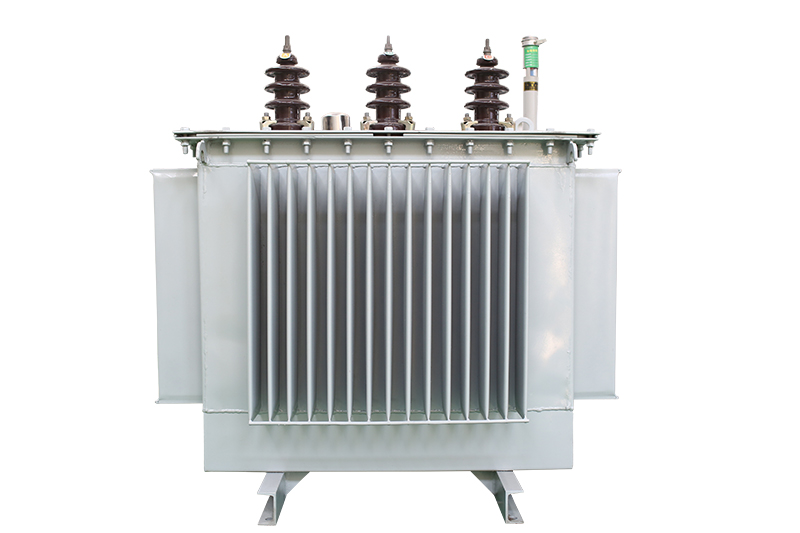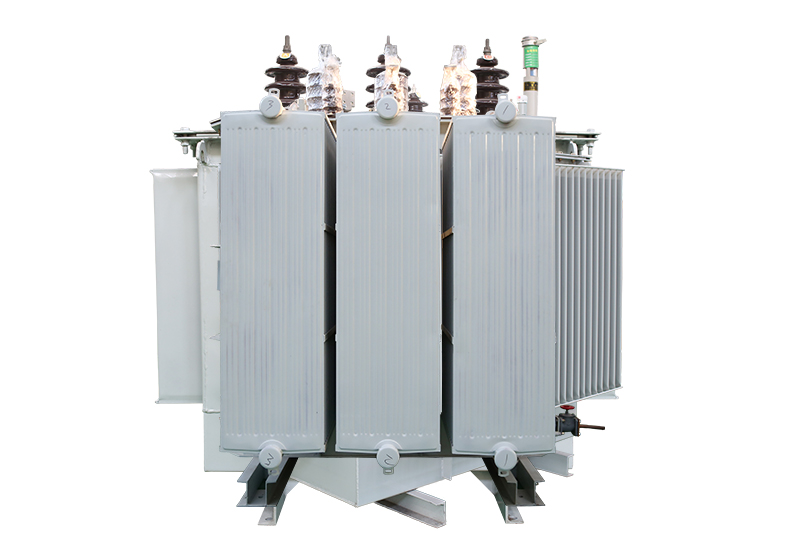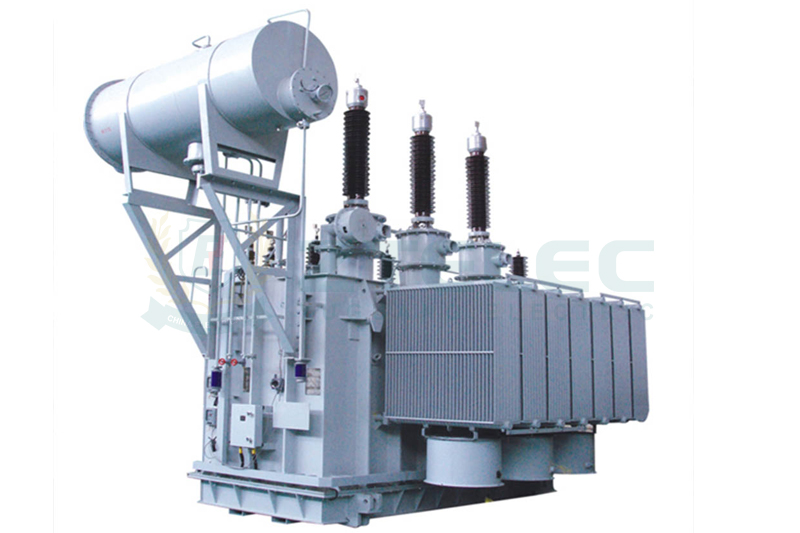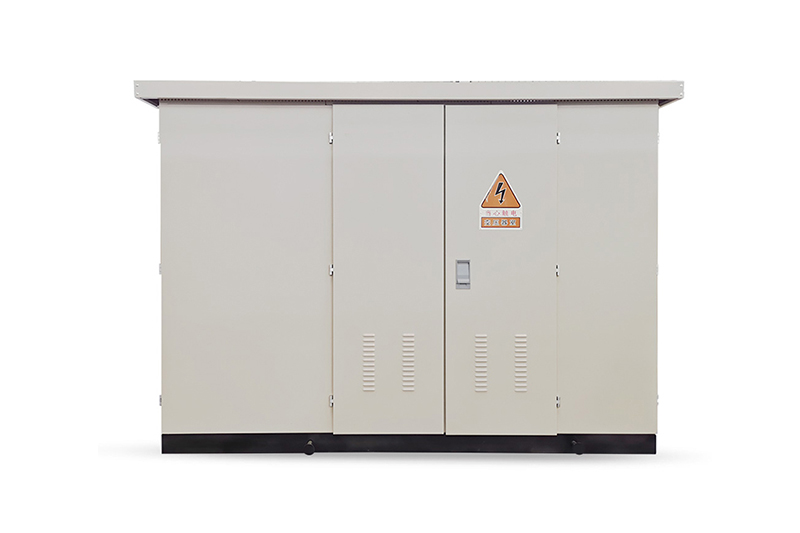Comparison of International Standards for Oil-Immersed Transformers (IEC, ANSI, GB)
Time:2025-09-9 Auther:ZTelec-www.ztelectransformer.com
In the global power industry, oil-immersed transformers are critical equipment for energy transmission and distribution. Their design, manufacturing, and testing must strictly comply with international standards. The three most influential standard systems are IEC (International Electrotechnical Commission), ANSI (American National Standards Institute), and GB (China National Standards). Understanding their similarities and differences is crucial for manufacturers, engineers, and project managers when selecting transformers for industrial and utility applications.

Overview of International Transformer Standards
The IEC transformer standards, mainly IEC 60076 series, are globally adopted in Europe, Asia, Africa, and Oceania. They serve as a universal reference for transformer design and testing. The ANSI transformer standards, such as ANSI C57.12.00 and ANSI C57.12.90, are widely used across the United States, Canada, and Mexico. The GB transformer standards include GB 1094 (mandatory) and GB/T 1094 (recommendatory), which largely adopt or modify IEC rules to fit the Chinese power grid.
Key Technical Differences
Insulation Level: ANSI standards use Basic Impulse Level (BIL), generally requiring higher insulation strength compared to IEC and GB. This leads to stronger insulation design and higher material costs for North American transformers.
Temperature Rise: IEC and GB set a top-oil rise of 60K, while ANSI limits it to 55K. This stricter requirement in ANSI means larger radiators or enhanced cooling designs for oil-immersed transformers of the same capacity.
Rated Capacity: IEC and GB adopt the R10 preferred series (100 kVA, 125 kVA, 160 kVA), whereas ANSI uses its own sequence (112.5 kVA, 150 kVA, 225 kVA). This affects transformer model selection and procurement planning across different regions.
Tap Range: IEC and GB standards typically allow a ±10% tap range to adapt to variable grid conditions, while ANSI usually adopts ±5%, reflecting regional differences in voltage regulation requirements.
Noise Measurement: IEC and GB standards use sound power level (Lw) for transformer noise assessment, while ANSI measures sound pressure level (Lp). Since values are not directly comparable, engineers must pay attention to the measurement method when evaluating noise compliance.

Implications for Global Projects
Overall, IEC and GB standards for oil-immersed transformers are highly aligned, while ANSI standards differ significantly in insulation, cooling, and rated capacity requirements. For manufacturers, understanding these differences is key to entering multiple markets. For buyers and engineers, compliance with the correct transformer standards ensures safe, reliable, and efficient power system operation.
The global oil-immersed transformer market is shaped by three main standard systems: IEC, ANSI, and GB. While IEC and GB show strong compatibility, ANSI introduces stricter requirements in insulation and temperature control. Companies aiming for international business expansion should design transformers that balance compliance, cost-effectiveness, and long-term reliability. By mastering the distinctions between these standards, stakeholders can make informed decisions for transformer procurement, project design, and global energy infrastructure development.




